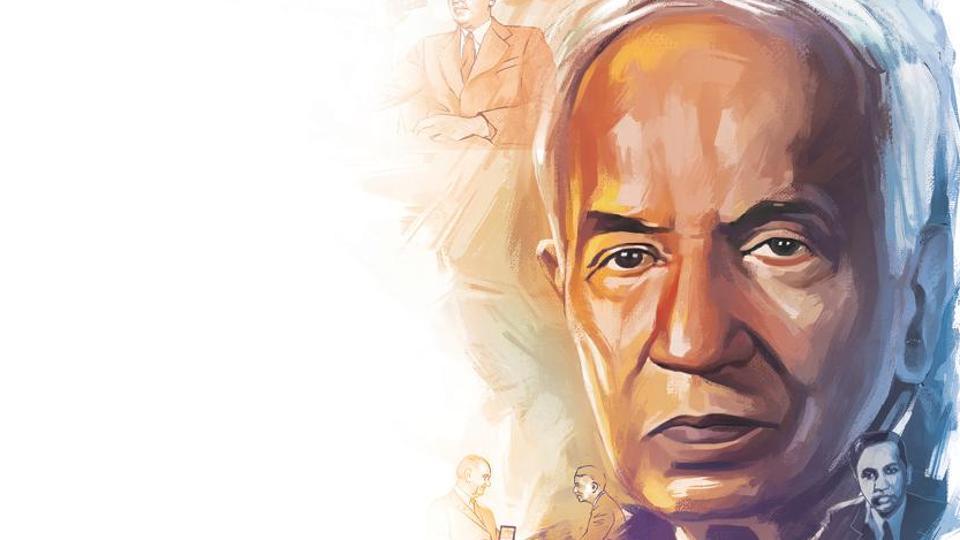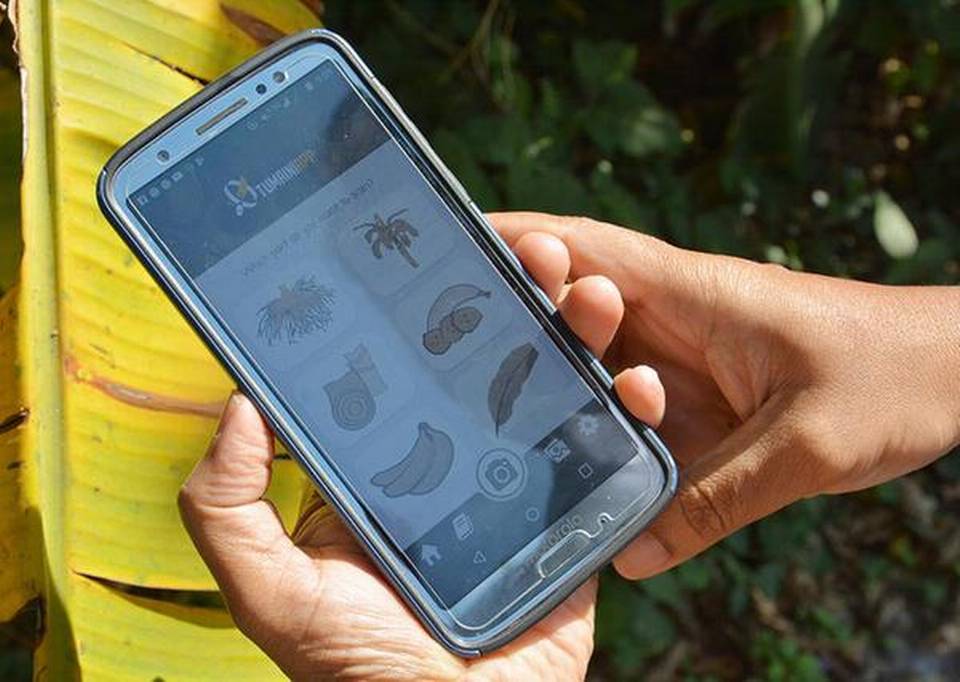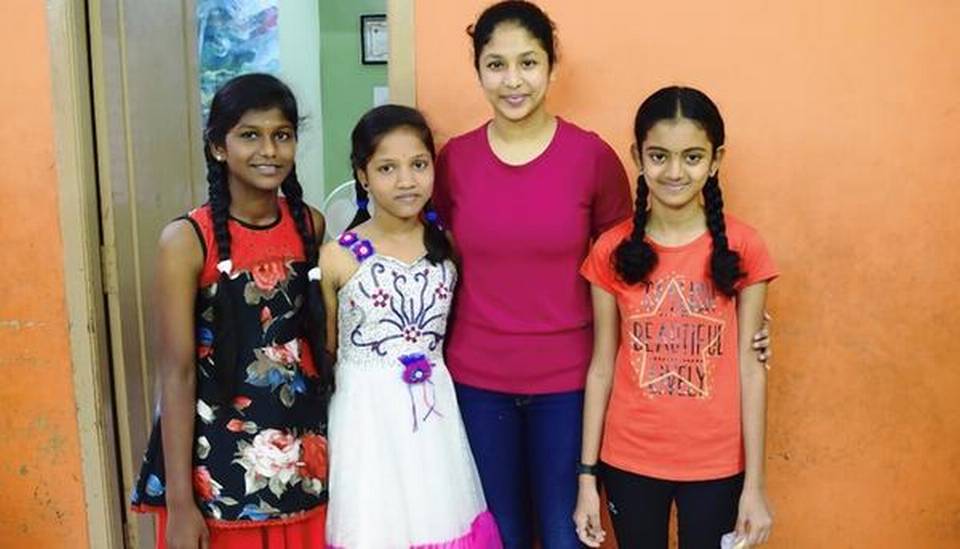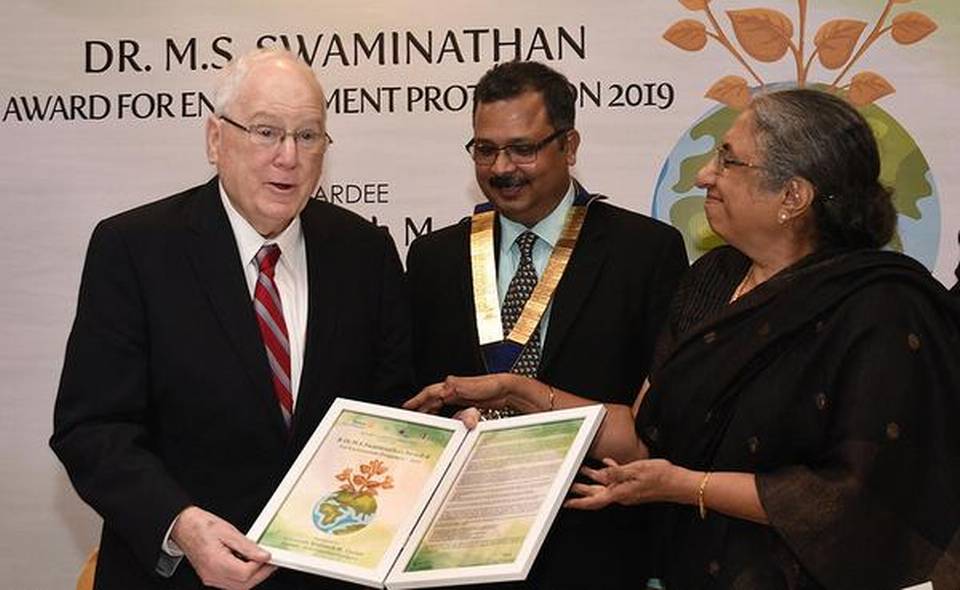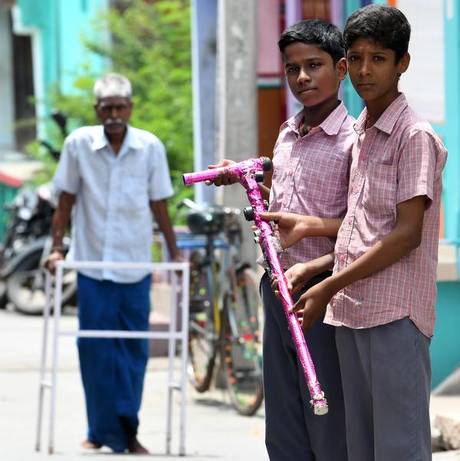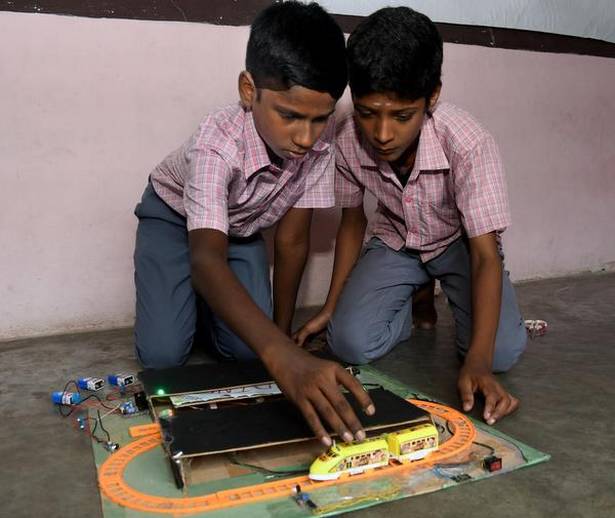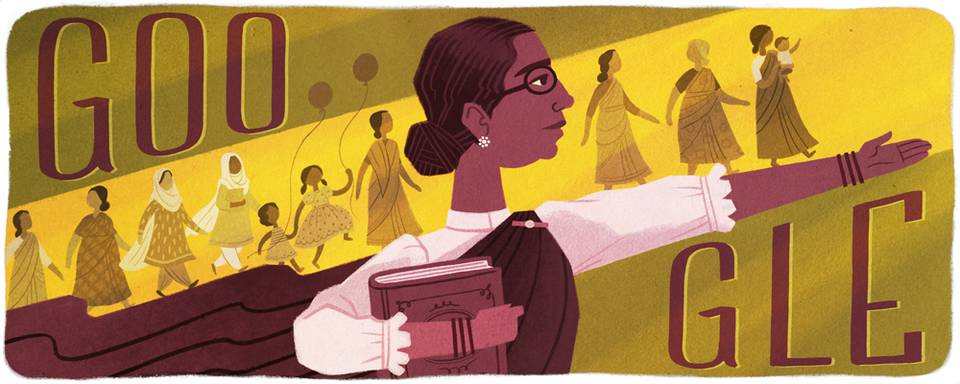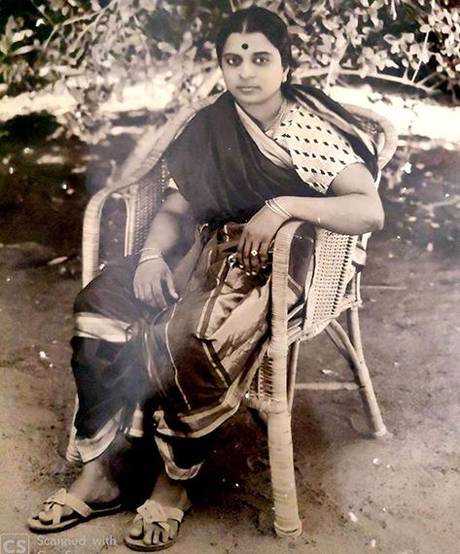
Meena learnt every aspect of sound engineering from noted sound engineer Poddar
A madisar (9-yard saree wrapped in a certain manner) clad woman moving in and out of the Island Ground, the venue, and documenting the event, was an unusual sight in the Eucharist Congress held in Chennai in 1937. The lady was Meena Narayanan, India’s first woman sound engineer, who produced a documentary of the Congress, attended by Most Rev Leo Peter Kierkels, the Apostolic Delegate, who had been appointed as special Papal Legate.
“It was unthinkable that at a time when cinema was considered a taboo, she made an entry into the film world and became a successful sound engineer. Both she and her husband Narayanan deserve a separate book,” said film historian S. Theodore Baskaran, who has written about the couple in his book The Message Bearers.
They were from Sivaganga district and Meena’s father Seetha Rama Iyer was the registrar of the Madras High Court. It was Narayanan, who started his career as film distributor, first set up a Sound Studio in Chetpet-Kilapuk area on the Poonamallee High Road in 1934. Sree Srinivasa Cinetone or Sound City was the first talkie recording studio.
“When he commissioned the noted sound engineer Poddar to work for his studio, Narayanan assigned his wife Meena as his assistant. She worked with Poddar for the film Srinivas Kalayanam produced at a cost of ₹60,000. It was released in Crown and Broadway,” said journalist and historian Nivedita Louis.
By the time Poddar quit the studio, Meena, who had just completed high school, had learnt every aspect of sound engineering. Narayanan used her as the sound engineer for the next film Viswamitra.
“There are a lot of problems when sound recording is done by those who have no idea of the language and trend in music. This can be attributed to the poor quality of Tamil films. Since I wanted to rectify it, I paid attention to sound engineering and gained experience in two years,” Meena had said in an interview to the Tamil magazine Ananada Vikatan in 1936.
“Meena, who trained in music and could sing well, continued to function as sound engineer for the films Krishna Thulabaram, Vikrama Shree Sahasam, Tulsi Brinda, Porveeran Maniavi, Mada Sampirani, Sree Ramanujan and Vipra Narayana. But the death of her husband Narayanan in 1936, turned her life upside down,” said Ms. Louis. She lived in a house near T. Nagar Park after the death of her husband. Her daughter Kalavathi, an oncologist by training returned to India, after spending many years in the UK and the U.S.
“Meena’s son Srinivasan had a passion for rail engines and railway tracks. He created a miniature track and would run trains in houses,” recalled Jayanthi Ramesh, one of the family members of Meena. Her last days were spent in the house of Nobel Laureate C.V. Raman and husband of her aunt Logasundarai. She died of heart attack while on an excursion to Kodaikanal in 1954.
“We are keen to publish a book about her and other family members,” said Ms. Jayanthi Ramesh.
source: http://www.thehindu.com / The Hindu / Home> News> Cities> chennai / by B. Kolappan / Chennai – September 19th, 2019
